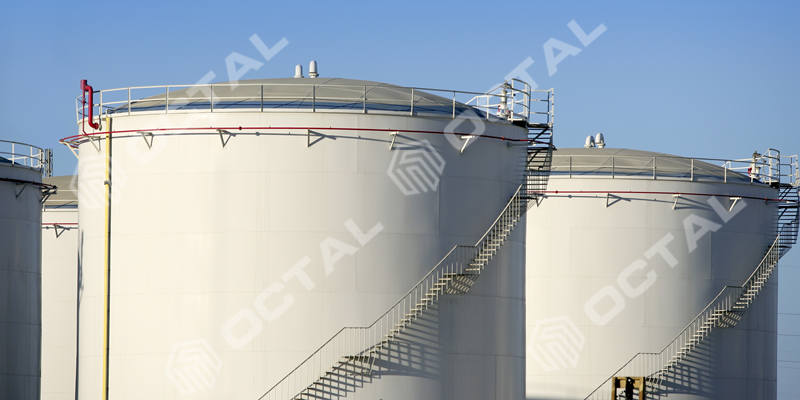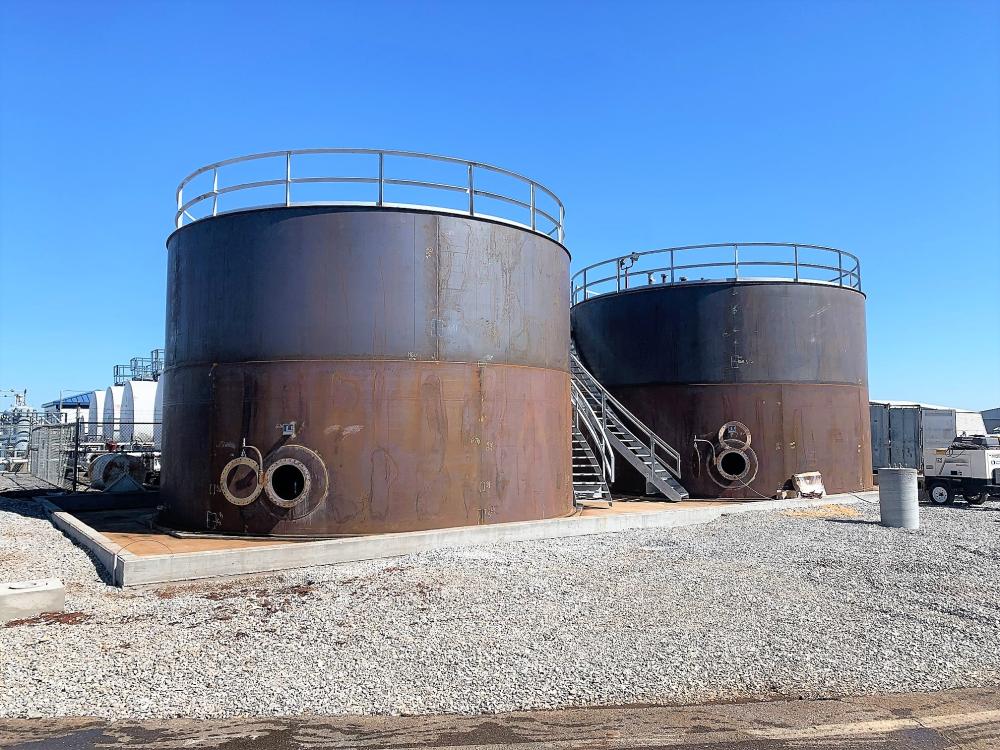Comprehending the Importance of Welding Assessment in Quality Control Processes
Welding inspection is an essential component of quality guarantee in building and construction and manufacturing. It ensures that welds adhere to well established requirements, which is vital for structural integrity. Various assessment techniques, from aesthetic to ultrasonic testing, help identify imperfections early. This positive method not just protects against costly repair services but also enhances safety and security. Understanding the subtleties of welding inspection can expose its broader ramifications for sector compliance and reputation. API 650 Welding Inspection. What lies underneath the surface of these methods?
The Role of Welding Examination in High Quality Guarantee
While welding is a crucial procedure in numerous sectors, its quality and stability pivot significantly on efficient assessment practices. Welding assessment serves as a guard, making certain that welds meet recognized standards and requirements. This procedure not only recognizes problems however likewise assesses the overall craftsmanship, thus adding to the security and long life of welded frameworks. Examinations are indispensable to high quality assurance, as they help prevent costly failures and keep compliance with sector regulations. By using knowledgeable examiners, organizations can improve their operational performance and copyright their online reputations. In addition, the insights got from evaluations can notify continual improvement, leading to far better methodologies and training for welders. Eventually, welding inspection functions as an essential web link in the top quality guarantee chain, ensuring that every joint is capable and reputable of enduring the rigors of its designated application. This persistance is vital for the stability of framework and the safety of end customers.
Sorts Of Welding Inspections
Welding examinations include a variety of approaches made to review the top quality and stability of welds. These assessments are necessary in making sure conformity with industry requirements and requirements. Typical kinds of welding evaluations include aesthetic assessment, which permits instant identification of surface irregularities; ultrasonic screening, which makes use of high-frequency sound waves to spot internal imperfections; and radiographic testing, employing X-rays or gamma rays to expose weld stability beneath the surface (API 650 Welding Inspection). In addition, magnetic particle testing is made use of to determine surface area and near-surface stoppages in ferromagnetic materials, while color penetrant screening uses an approach for revealing surface-breaking defects. Each kind of evaluation serves a specific objective, adding to the general quality control procedure. By using a combination of these techniques, examiners can supply a thorough analysis of welding high quality, inevitably making certain the security and reliability of welded structures
Usual Problems Identified in Welding
A selection of typical problems can occur during the welding process, impacting the integrity and performance of welded frameworks. These issues consist of porosity, which involves caught gas pockets within the weld, deteriorating its stamina. Cracks might also create as a result of fast air conditioning or inappropriate joint design, resulting in potential failure under tension. Insufficient fusion takes place when there is insufficient melting of the base metal, resulting in weak bonds. Another defect, undercutting, entails the elimination of base metal along the weld edge, producing a considerable structural weak point. Additionally, excessive spatter can impact the look and require additional cleansing or repair work. Ultimately, imbalance can result in uneven weld grains, jeopardizing the general high quality. Recognizing these defects early via correct assessment techniques is vital to assure the integrity and safety and security of welded components, ultimately protecting the efficiency of the entire framework.

Advantages of Routine Welding Examinations
Routine examinations play a significant role in keeping the high quality and security of bonded frameworks, specifically taking into account the common flaws formerly detailed. These assessments give an opportunity to determine and remedy concerns prior to they intensify right into severe issues, making certain architectural integrity. By detecting flaws early, companies can decrease repair work expenses and avoid possible project delays.
Furthermore, normal welding inspections boost conformity with market requirements try this site and guidelines, promoting trust fund among stakeholders. This adherence not just secures the company's reputation however also adds to enhanced safety for personnel and the public.
Moreover, constant evaluations promote much better training and skill advancement for welders, as feedback from examinations can assist renovations. Ultimately, the advantages of regular welding assessments prolong past instant quality control, promoting long-term operational effectiveness and integrity in welded structures.
Best Practices for Effective Welding Inspection
Applying best techniques in welding examination is vital for guaranteeing the greatest criteria of high quality and security. First, inspectors must be adequately trained and certified, possessing a thorough understanding of welding techniques and materials. Making use of sophisticated examination innovations, such as ultrasonic testing and radiography, improves the detection of defects that might not show up to the nude eye. Developing a clear evaluation strategy, describing the criteria and regularity of inspections, assurances consistency and thoroughness.

Recording all findings diligently is vital for traceability and accountability. Routine calibration of examination tools assures precision, while preserving a clean and well organized workspace reduces the threat of contamination. Furthermore, cultivating open interaction among group members helps with the sharing of understandings and advertises a society of high quality. By sticking to these ideal methods, companies can especially enhance their welding quality control processes, inevitably causing more secure and extra trustworthy items.

Regularly Asked Inquiries
What Credentials Are Required for a Welding Assessor?
A welding inspector commonly needs certification from recognized organizations, such as the American Welding Society (AWS) or the International Institute of Welding useful content (IIW), together with appropriate experience and knowledge in welding processes and high quality requirements.
Just How Typically Should Welding Inspections Be Carried Out?
Welding evaluations ought to be executed frequently, commonly at various project stages, consisting of prior to, during, and after welding processes - API 650 Welding Inspection. The frequency frequently depends on project specs, regulatory requirements, and the intricacy of the welds entailed
What Are the Prices Related To Welding Assessments?
The costs related to welding inspections differ extensively, typically ranging from a couple of hundred to numerous thousand Related Site bucks, depending upon factors like assessment type, task dimension, and area, affecting total task budget plans and timelines.
Can Welding Inspections Be Performed Remotely?
Yes, welding evaluations can be performed from another location utilizing advanced technologies such as drones, cameras, and ultrasonic testing. These methods allow examiners to assess weld stability without being physically existing, boosting efficiency and safety and security in various atmospheres.
Just How Do Assessment Results Impact Job Timelines?
Assessment results can considerably impact project timelines by identifying defects early, resulting in essential rework or modifications. Delays may take place if evaluations disclose problems requiring resolution, inevitably affecting total task completion and budget plan adherence.
Welding evaluations incorporate a variety of methods created to assess the top quality and stability of welds. Usual kinds of welding inspections consist of visual assessment, which permits for immediate recognition of surface irregularities; ultrasonic testing, which utilizes high-frequency sound waves to detect interior problems; and radiographic screening, employing X-rays or gamma rays to disclose weld stability below the surface. Regular examinations assist in far better training and ability development for welders, as responses from inspections can direct enhancements. Executing best techniques in welding assessment is important for assuring the greatest standards of quality and safety and security. Welding evaluations need to be done routinely, usually at different project phases, including prior to, during, and after welding procedures.